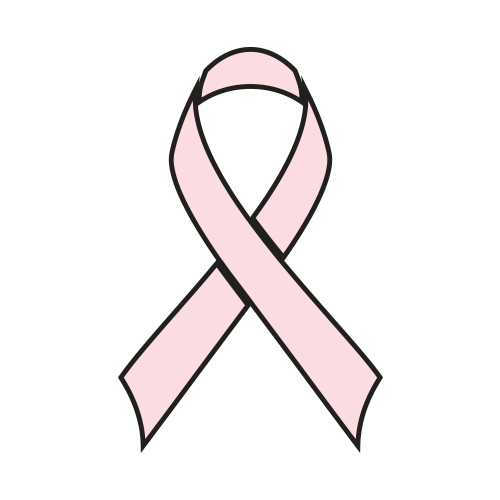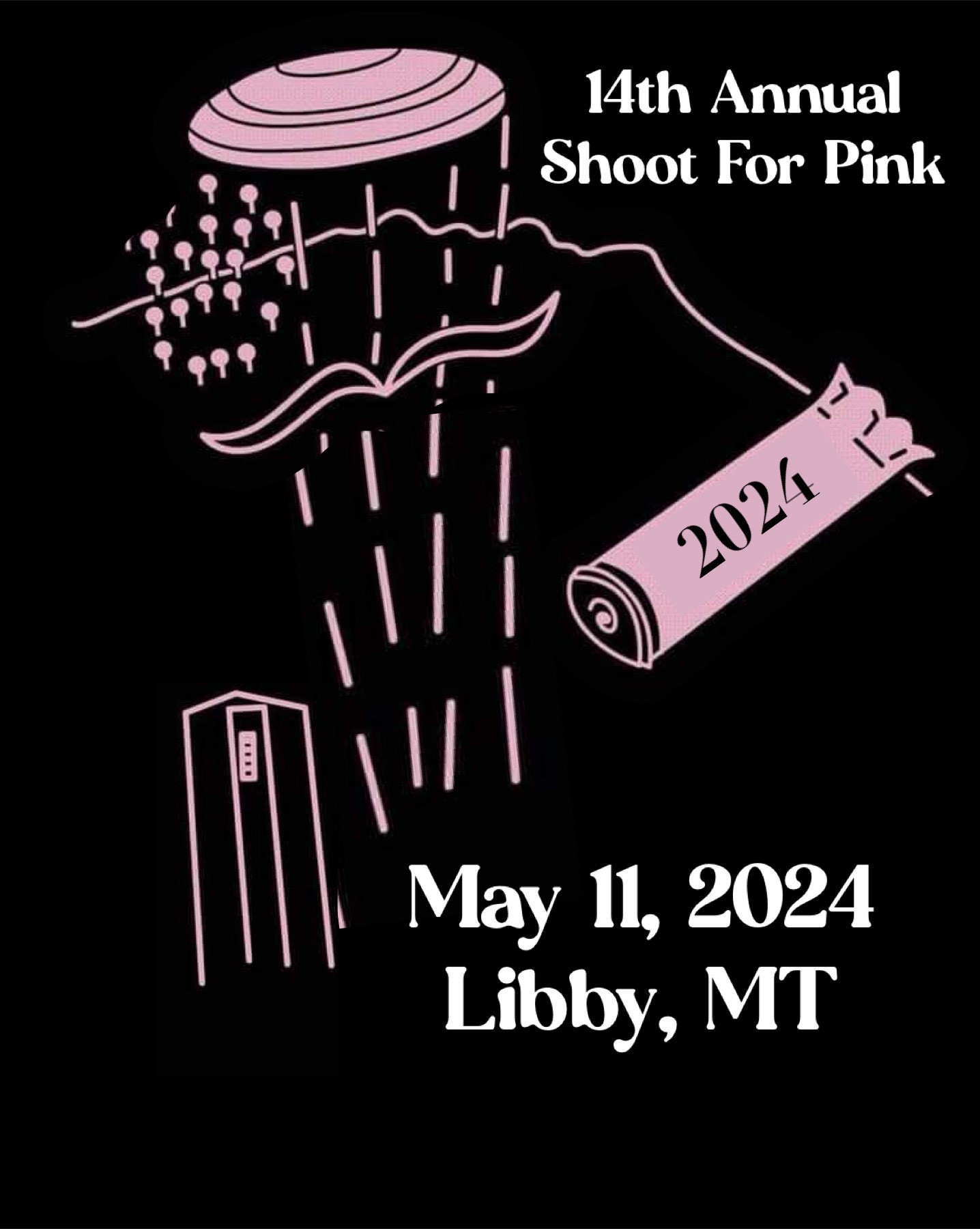Who We Are
Guided by Mary Kay Ash’s dream to enrich the lives of women everywhere, the Mary Kay Ash Foundation, a 501(c)3 organization, raises and distributes funds to invest in breakthrough cancer research to find cures for cancers affecting women and ending domestic violence against women.
Get Involved

Fundraise
Help support our two-fold mission by contributing to the Mary Kay Ash Foundation through various fundraising events throughout the year – or better yet – host your own fundraiser!
Ways to Give →
Cancer Research
Learn about our most recent cancer research grant recipients and the innovative work they are contributing to their field.
Learn More →
Domestic Violence
View a list of recent domestic violence shelter grant recipients providing life-saving work to those seeking a safe place, free from violence.
Learn More →
